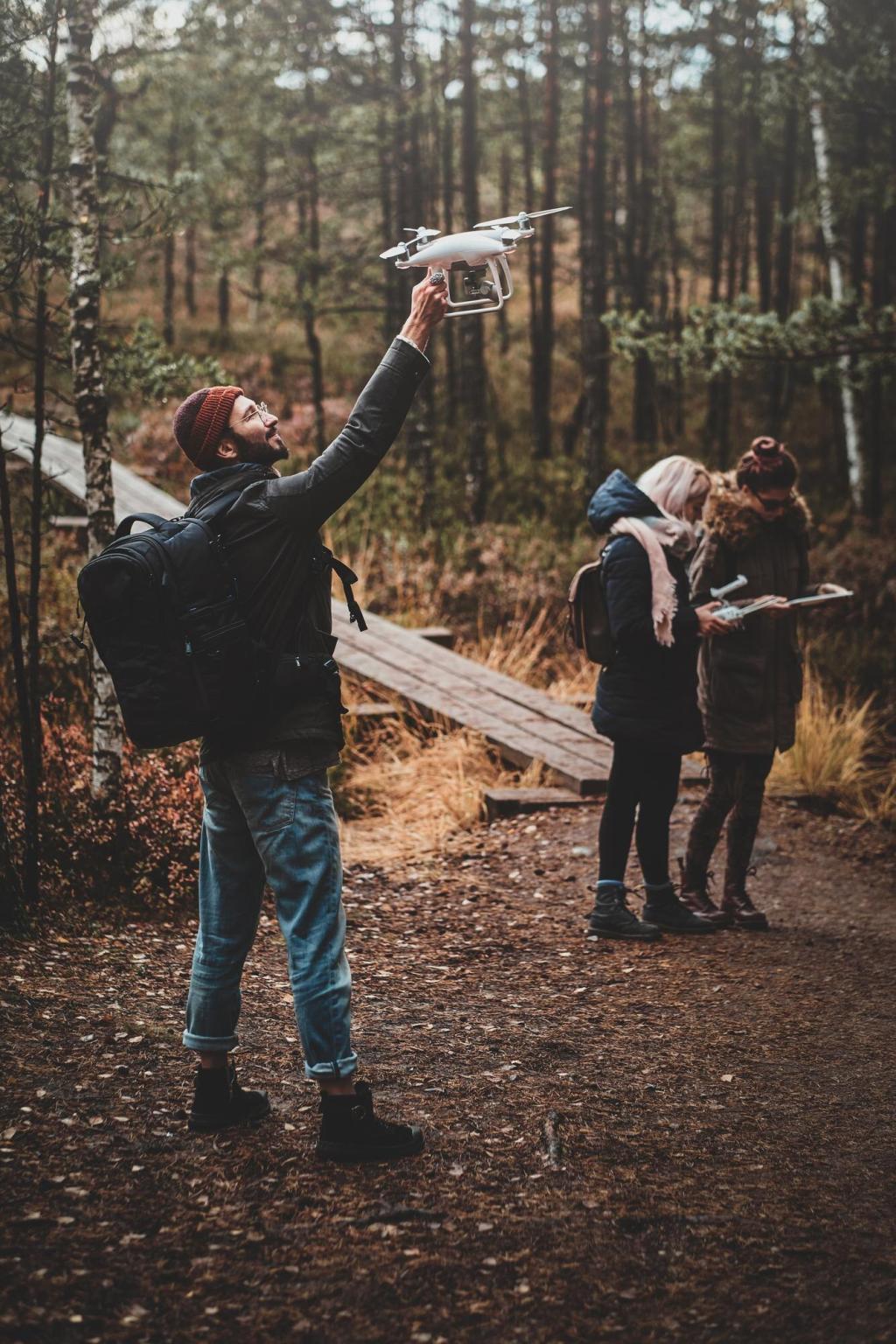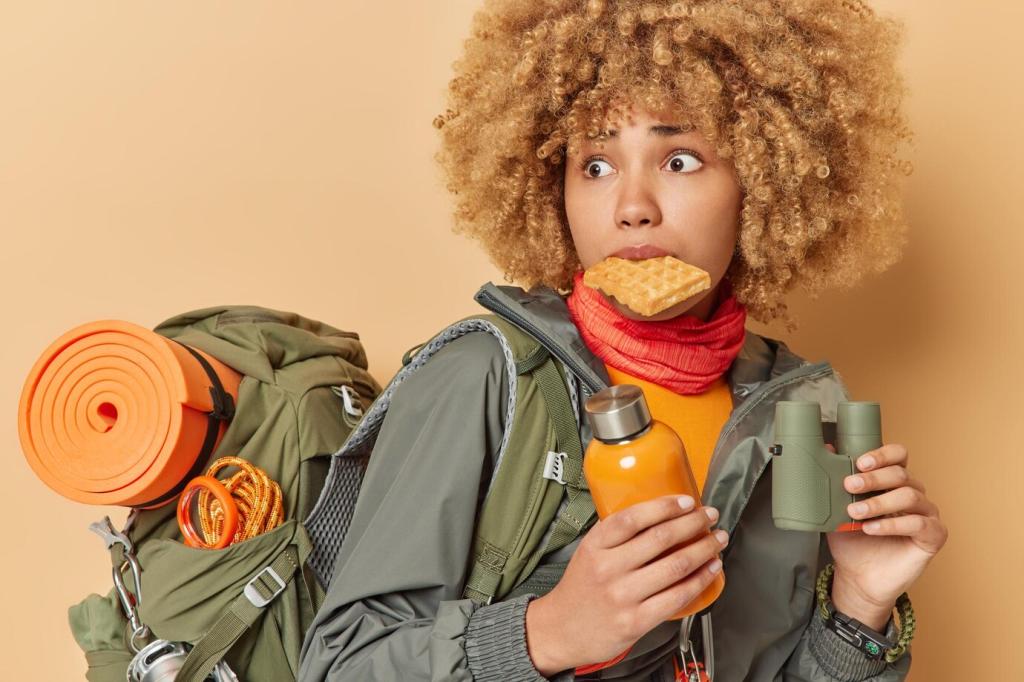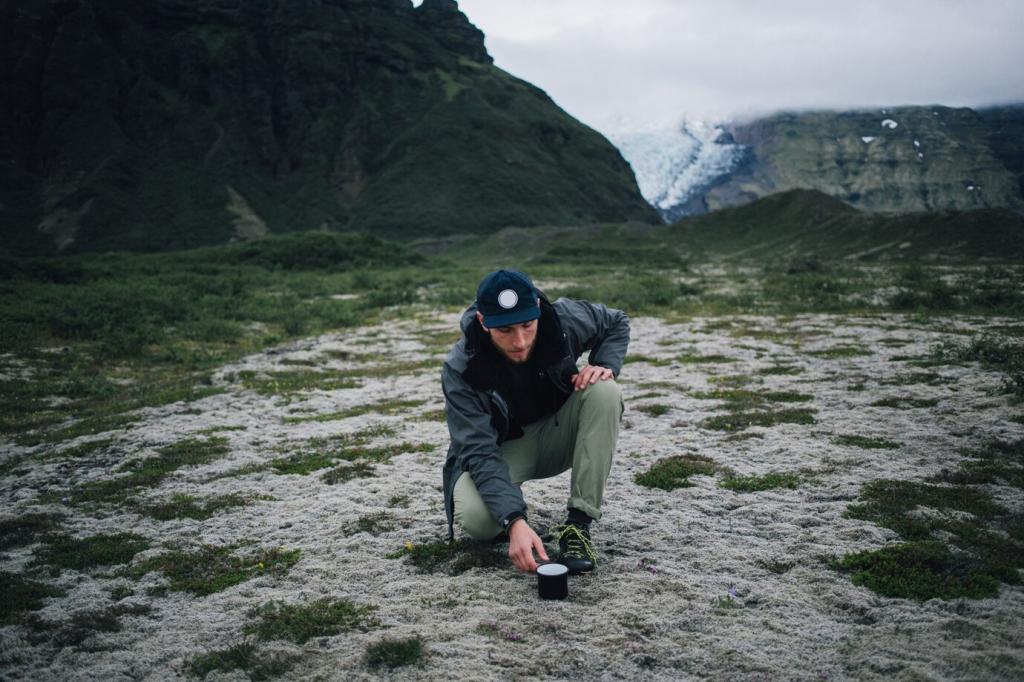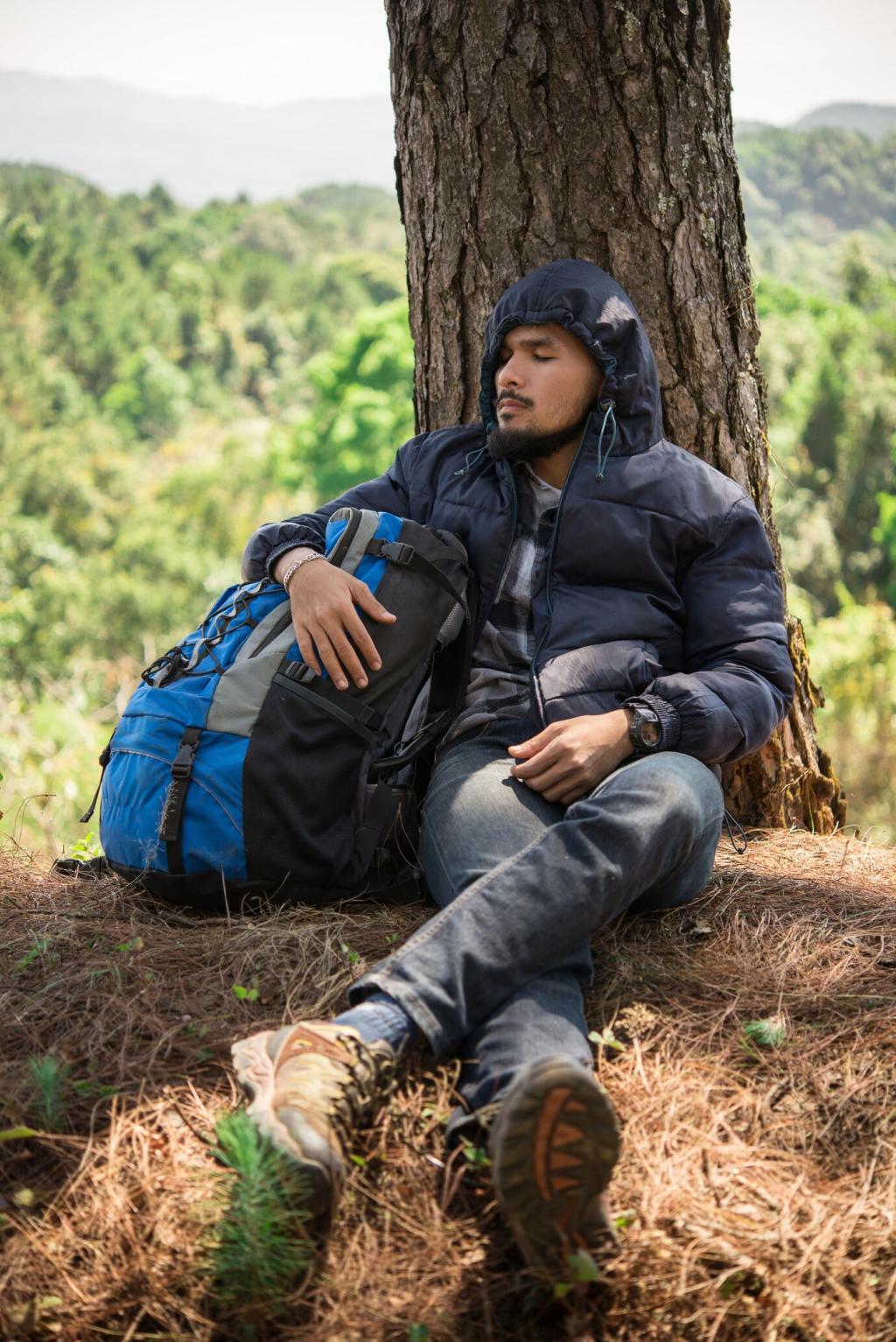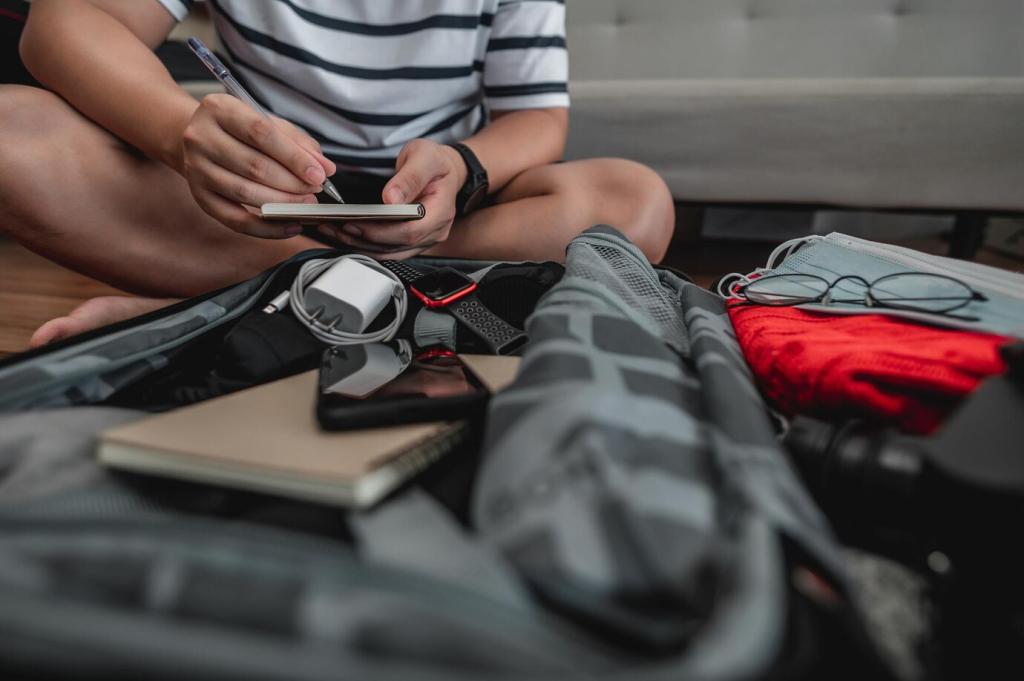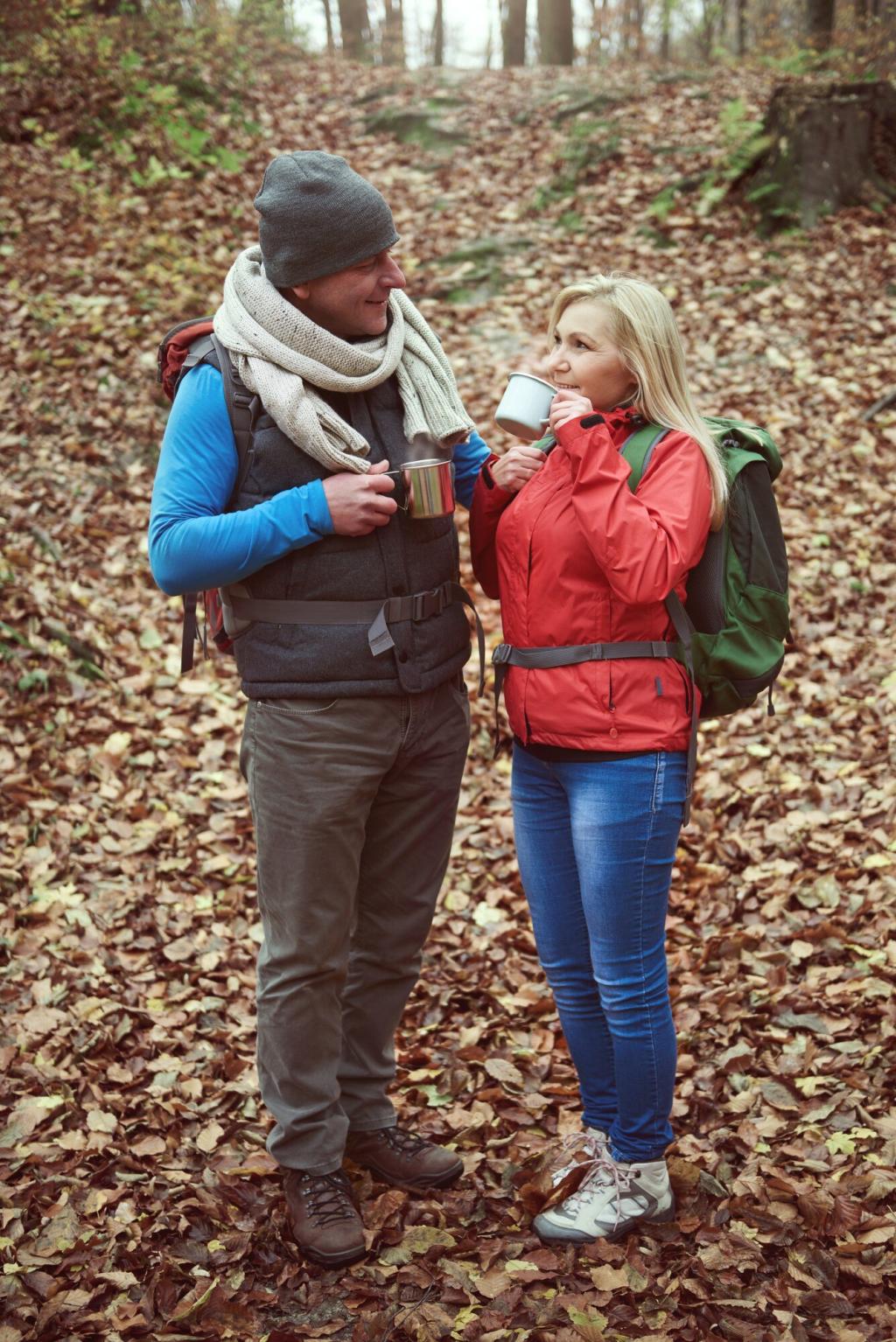Know the Season, Know the Risks
Spring trails look friendly but conceal ice beneath slushy snow and leaf litter. Creek crossings run higher after midday melt, and lingering avalanche danger persists on north aspects. Pack traction, start early, and tell us your tried-and-true spring checklist to help newcomers prepare.
Know the Season, Know the Risks
Summer rewards early risers. Beat heat and classic afternoon storms by summiting before noon and descending as clouds build. Hydrate steadily with electrolytes, use the 30–30 lightning rule, and embrace rest shades. What’s your ideal start time or storm-avoidance strategy? Share below.

